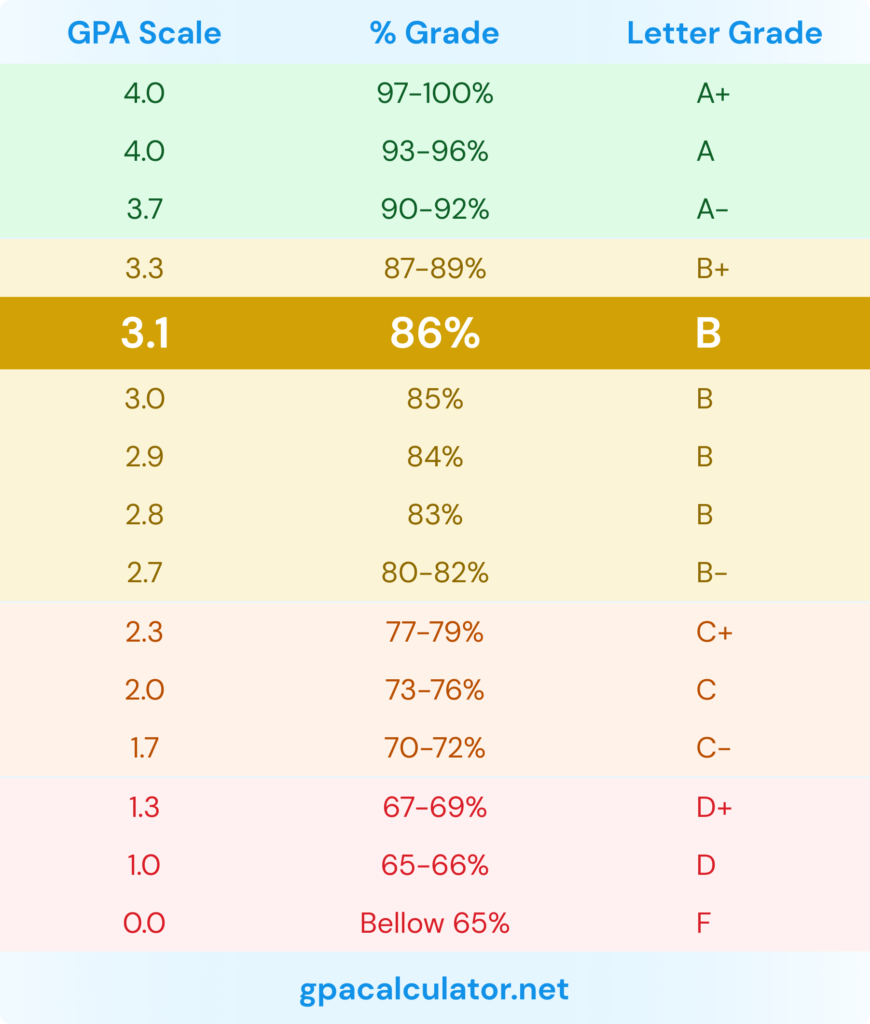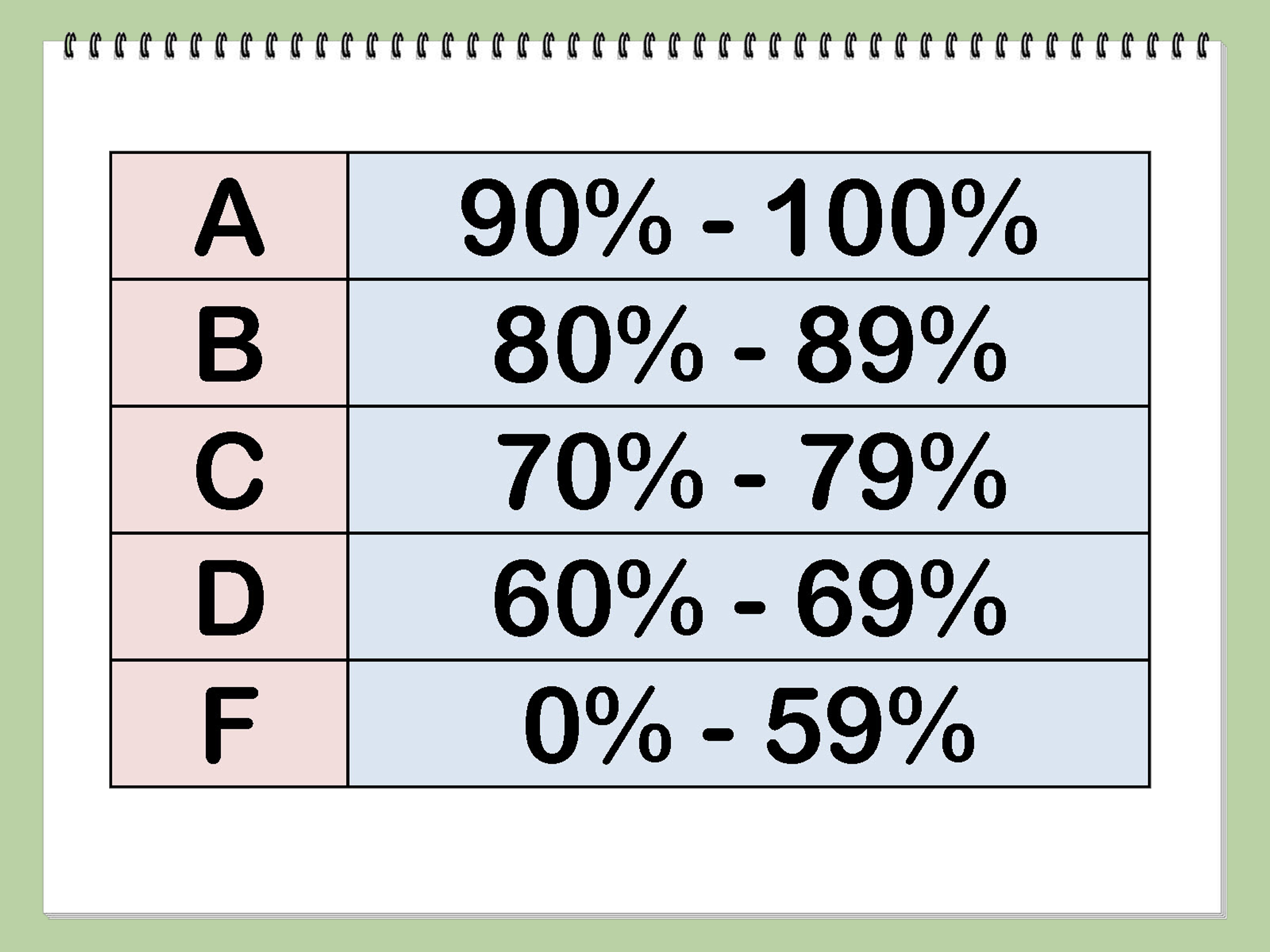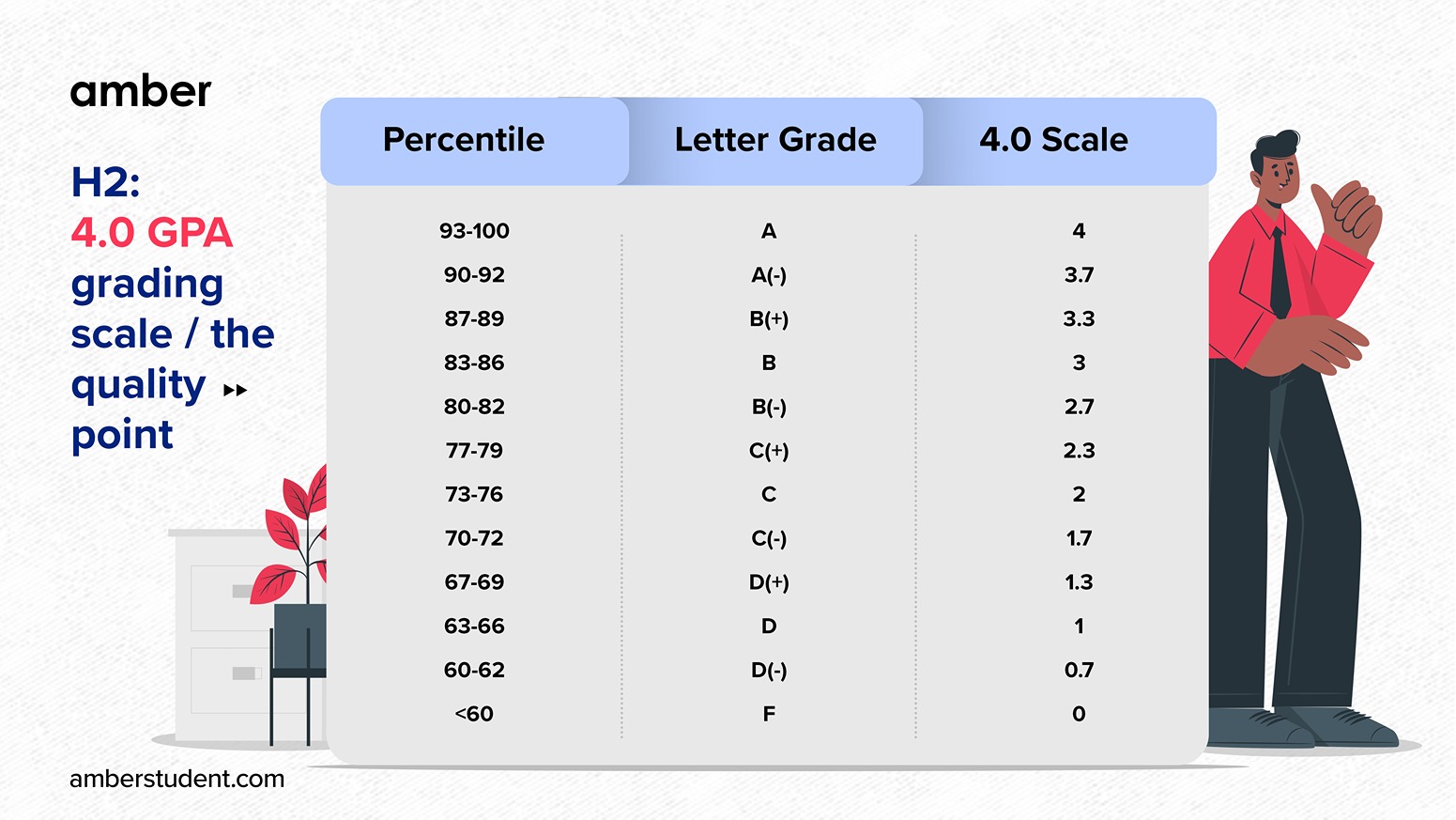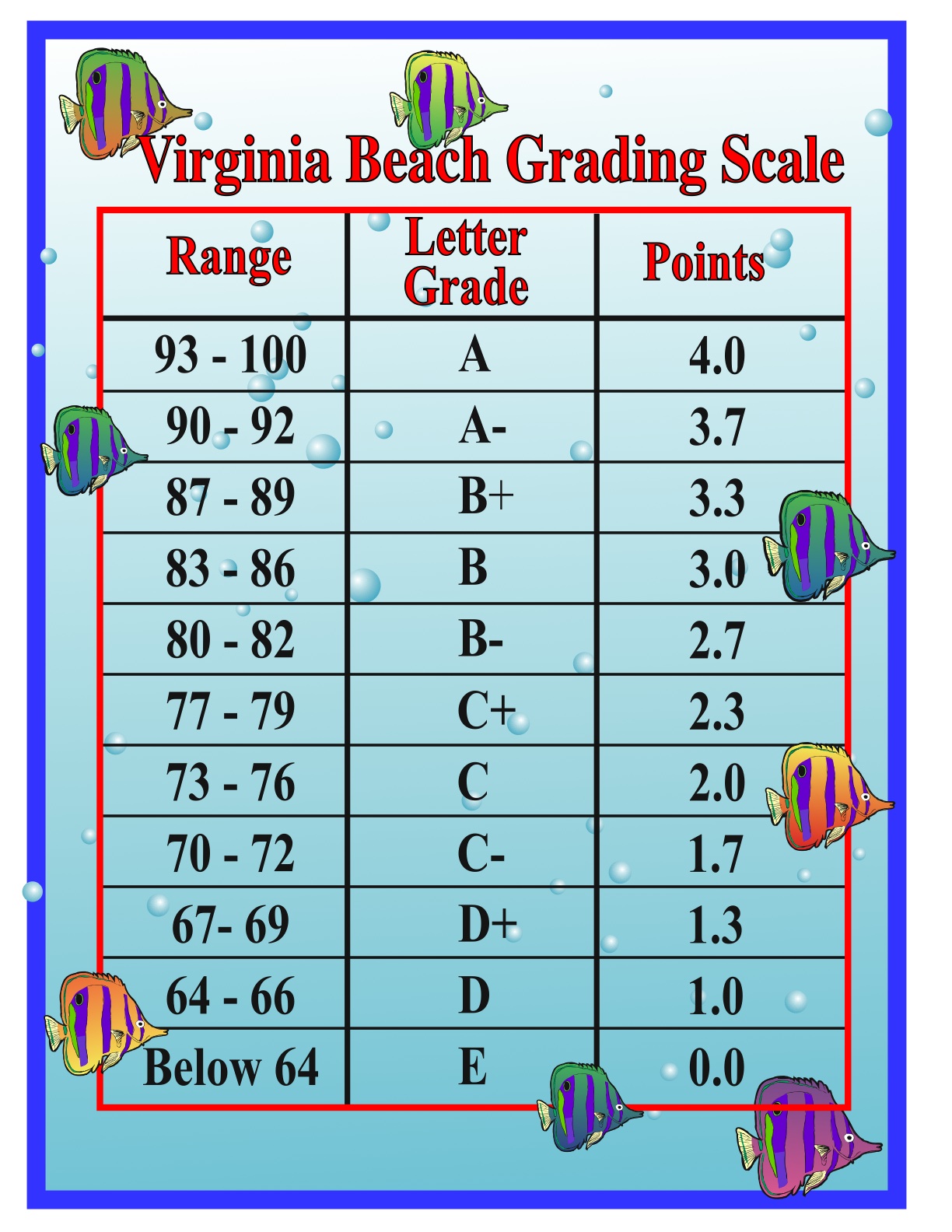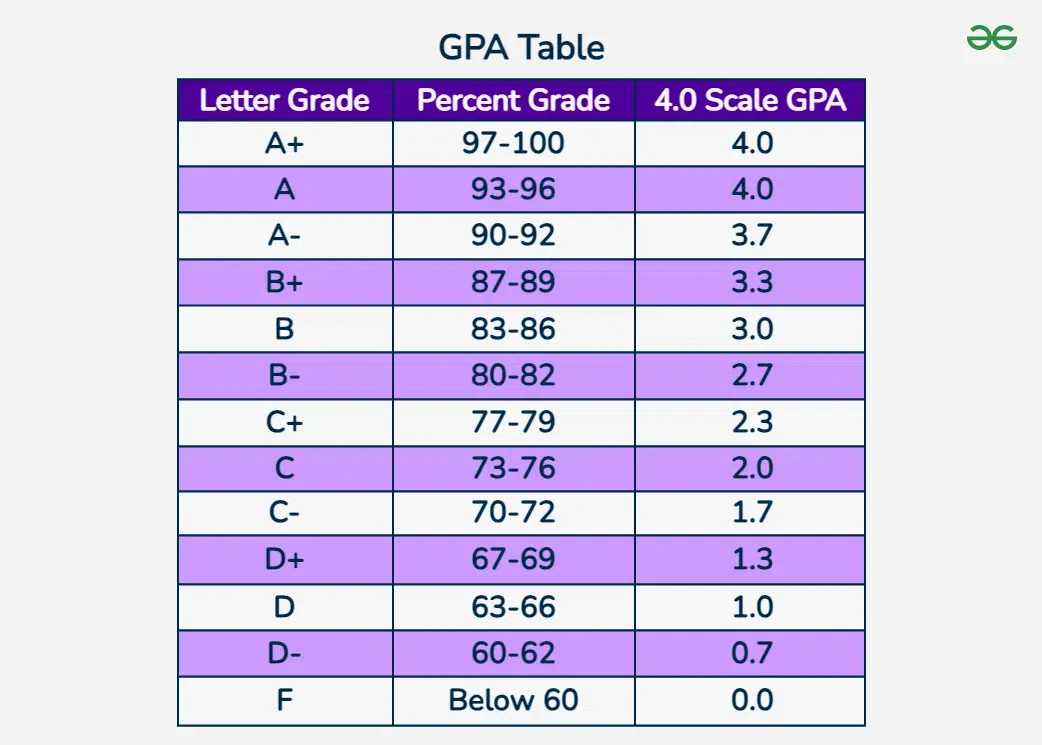What Grade Is A 86 Out Of 100

The seemingly simple question of what letter grade corresponds to a numerical score of 86 out of 100 sparks surprisingly varied answers, highlighting the lack of a universal grading system and its potential impact on students and educators. Understanding the nuances of grading scales is crucial for interpreting academic performance and navigating educational expectations.
The answer to the question, however, isn't as straightforward as many might assume. The letter grade associated with an 86% hinges entirely on the specific grading scale employed by the educational institution, individual teacher, or even specific course. This variation underscores the need for transparency and clear communication regarding grading policies.
Grading scales are not standardized across the United States or even within individual states. Factors such as the subject matter, level of difficulty, and the instructor's philosophy can all influence the grading rubric. This makes generalizations about specific numerical scores and their corresponding letter grades unreliable without knowing the context.
Grading Scale Variations
Traditionally, a percentage of 86 would often fall within the B range. However, a growing number of institutions are adopting more granular grading scales, potentially shifting the designation of an 86.
Some schools may use a simple 10-point scale, where 90-100 is an A, 80-89 is a B, 70-79 is a C, and so on. In this scenario, an 86 would indeed be a B. Other institutions might incorporate pluses and minuses, creating a more nuanced system.
For example, a school using a plus/minus system could define 87-89 as a B+, 83-86 as a B, and 80-82 as a B-. This slight adjustment can significantly impact a student's GPA and overall academic record.
Furthermore, some instructors might curve grades, adjusting the distribution of scores to fit a predetermined curve. This is more common in highly competitive environments or courses with exceptionally challenging material. In these cases, an 86 could potentially be considered a higher grade than a straight B, depending on the overall performance of the class.
According to educational resources websites like ThoughtCo and PrepScholar, the specific grading scale used by an institution can vary widely. It's crucial for students to consult their course syllabi or speak directly with their instructors to understand the grading policy for each specific course.
The Significance of Understanding Grading Policies
The lack of a unified grading system has significant implications for students applying to colleges or seeking employment. Colleges often recalculate GPAs based on their own standardized scales, which can lead to discrepancies between a student's high school GPA and their GPA for college admissions purposes.
Similarly, employers reviewing transcripts may interpret letter grades differently depending on their understanding of the institution's grading policies. Clear communication about grading practices is therefore essential to ensure fair evaluation of academic achievements.
Impact on Students
The subjective nature of grading can also impact student motivation and academic performance. Students may feel frustrated or demotivated if they perceive the grading system as unfair or inconsistent. Conversely, a clear and transparent grading system can promote student engagement and a sense of ownership over their learning.
One student, Maria Rodriguez, a junior at State University, shared her experience: "I was really surprised when I got a B in my chemistry class because I thought my grade was much higher. The professor had a very unique grading policy that wasn't clearly explained at the beginning." This illustrates the importance of clear communication and the potential confusion caused by varied grading scales.
Understanding the grading system also allows students to strategically allocate their time and effort, focusing on areas where their performance has the greatest impact on their overall grade. Effective study habits and targeted preparation can help students maximize their scores within the existing grading framework.
Moving Towards Greater Transparency
While a fully standardized grading system across all educational institutions might be impractical, efforts to promote greater transparency and consistency are underway. Organizations such as the National Education Association (NEA) advocate for clear and equitable grading practices.
Many schools are now providing detailed grading rubrics and explanations of their grading policies online, making it easier for students and parents to understand the expectations and standards for each course. This increased transparency helps reduce confusion and promotes a more equitable learning environment.
Furthermore, some educators are experimenting with alternative assessment methods, such as portfolio-based assessments and competency-based grading, which focus on demonstrating mastery of specific skills and knowledge rather than solely relying on numerical scores. These alternative approaches may offer a more holistic and nuanced evaluation of student learning.
In conclusion, an 86 out of 100 is not universally equivalent to a specific letter grade. It's essential to consult the specific grading scale of the institution or instructor in question to determine the corresponding letter grade and understand its significance. Increased transparency and clear communication about grading policies are crucial for ensuring fairness and promoting student success.

